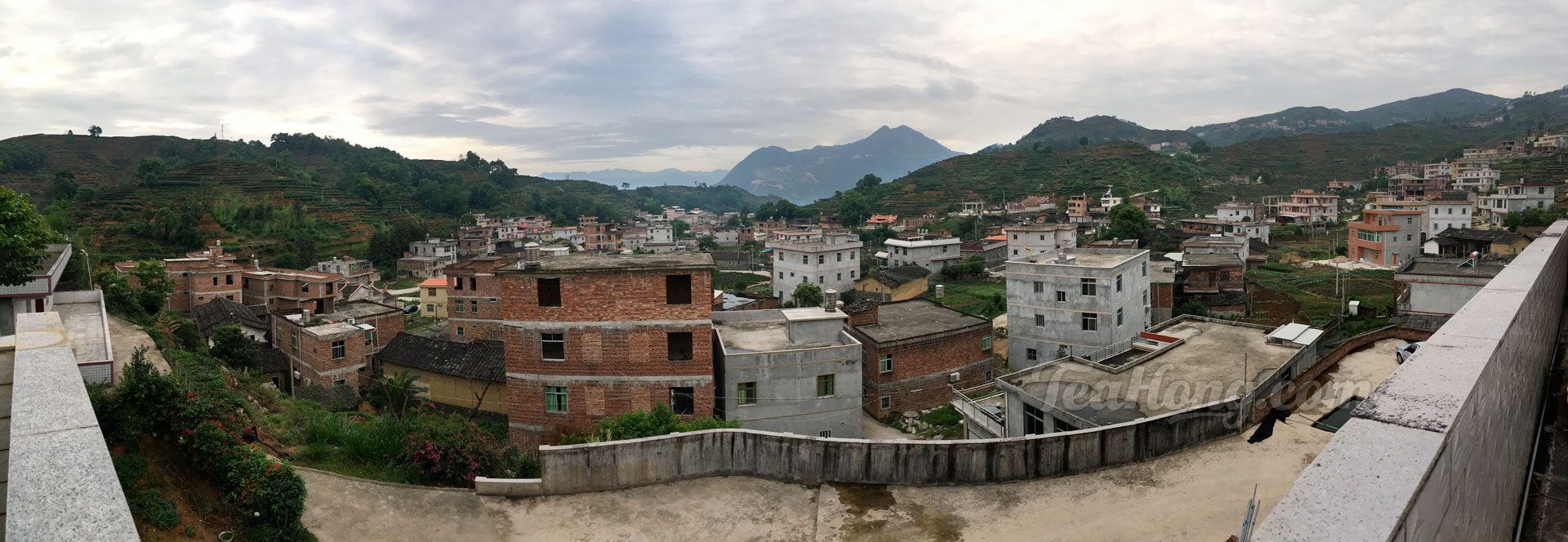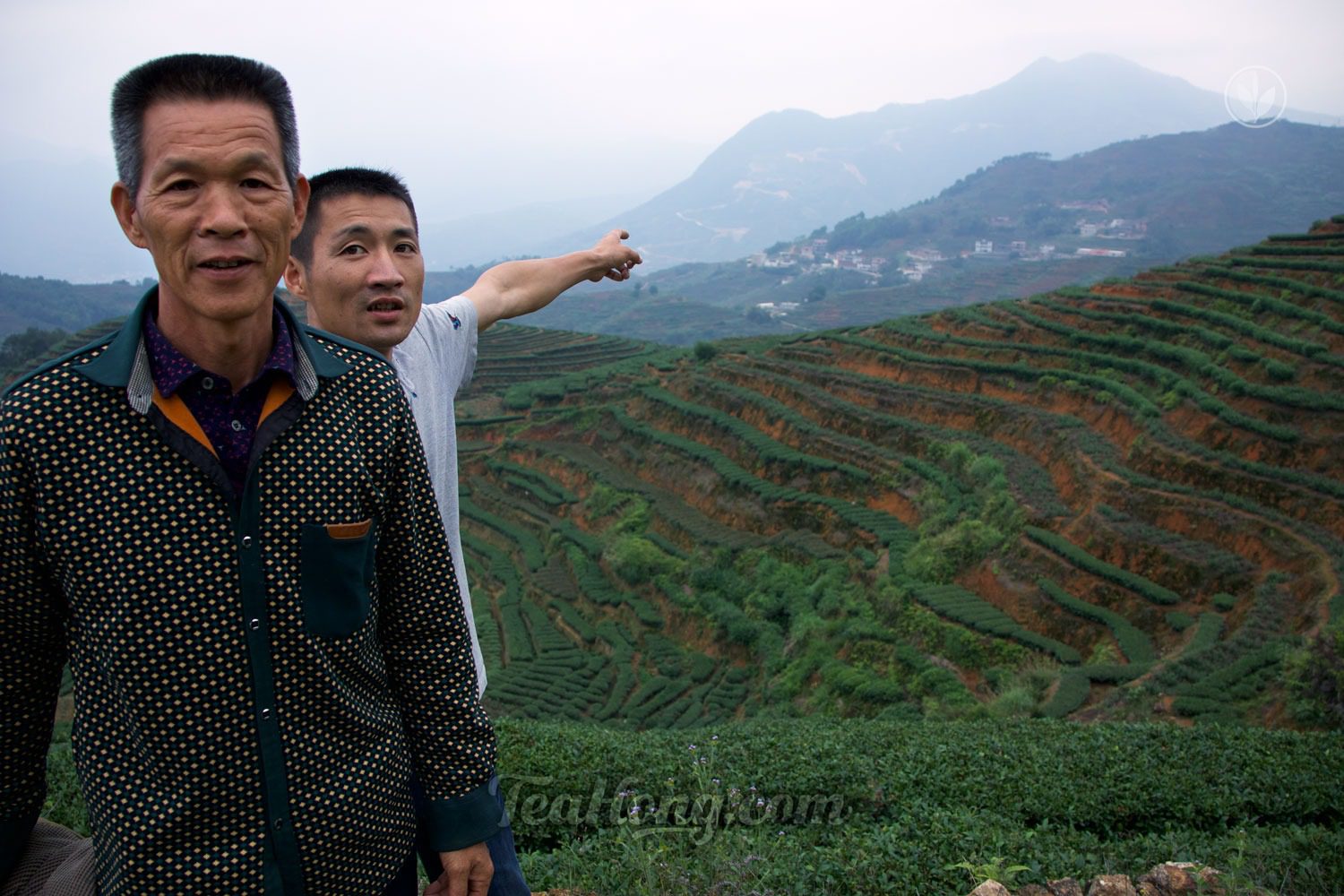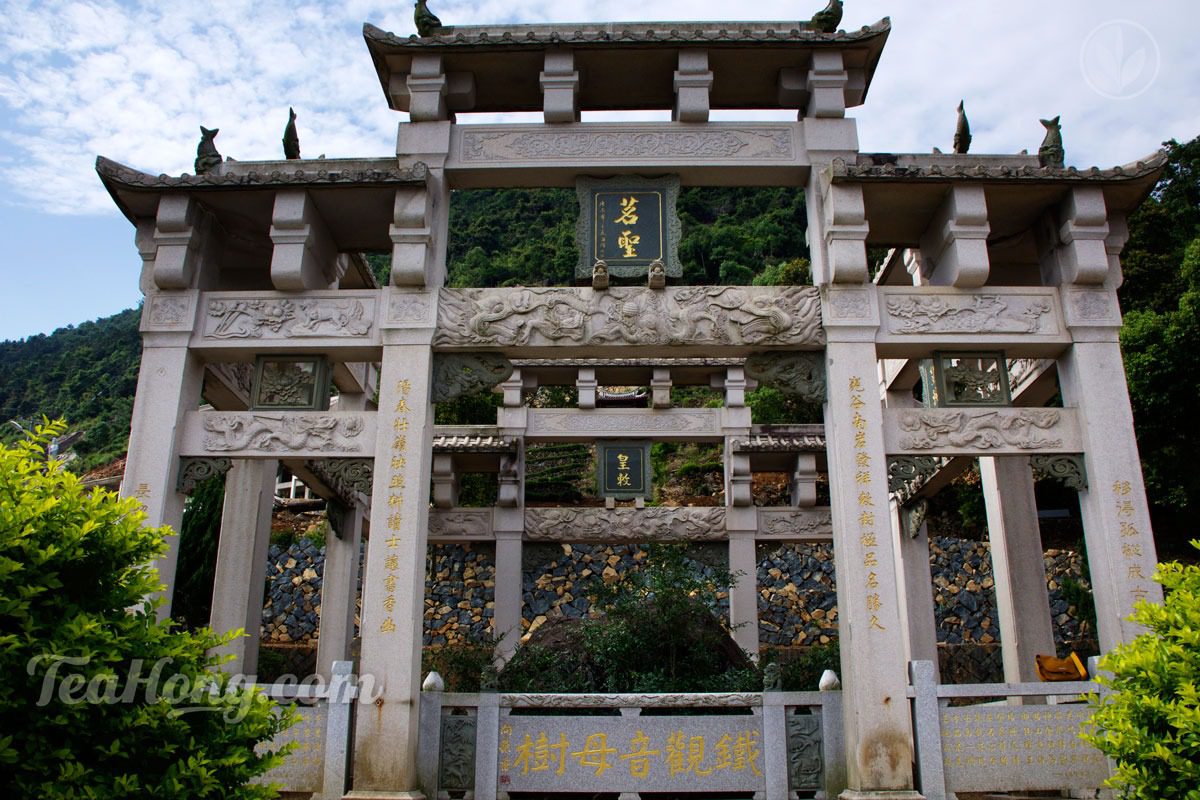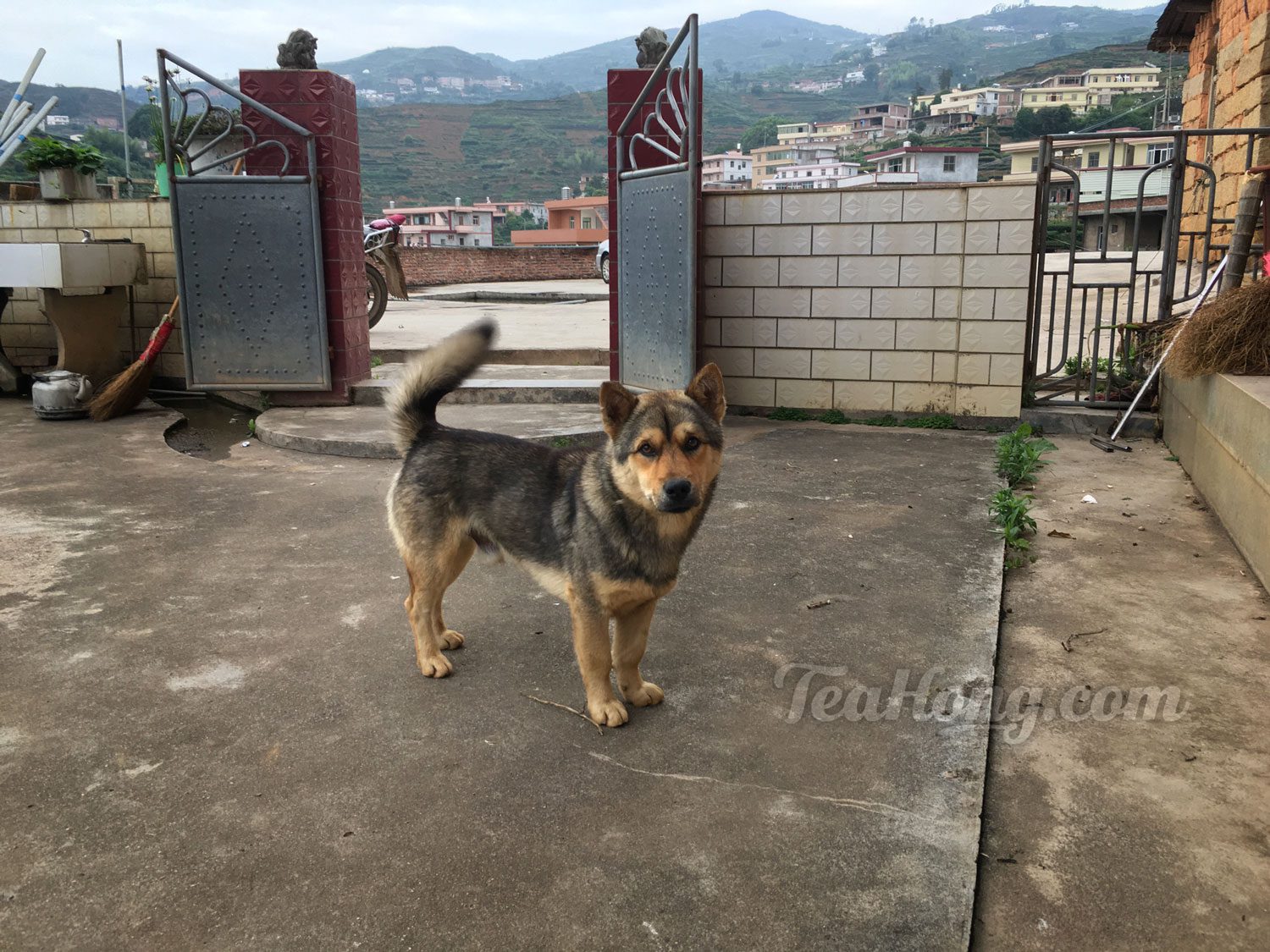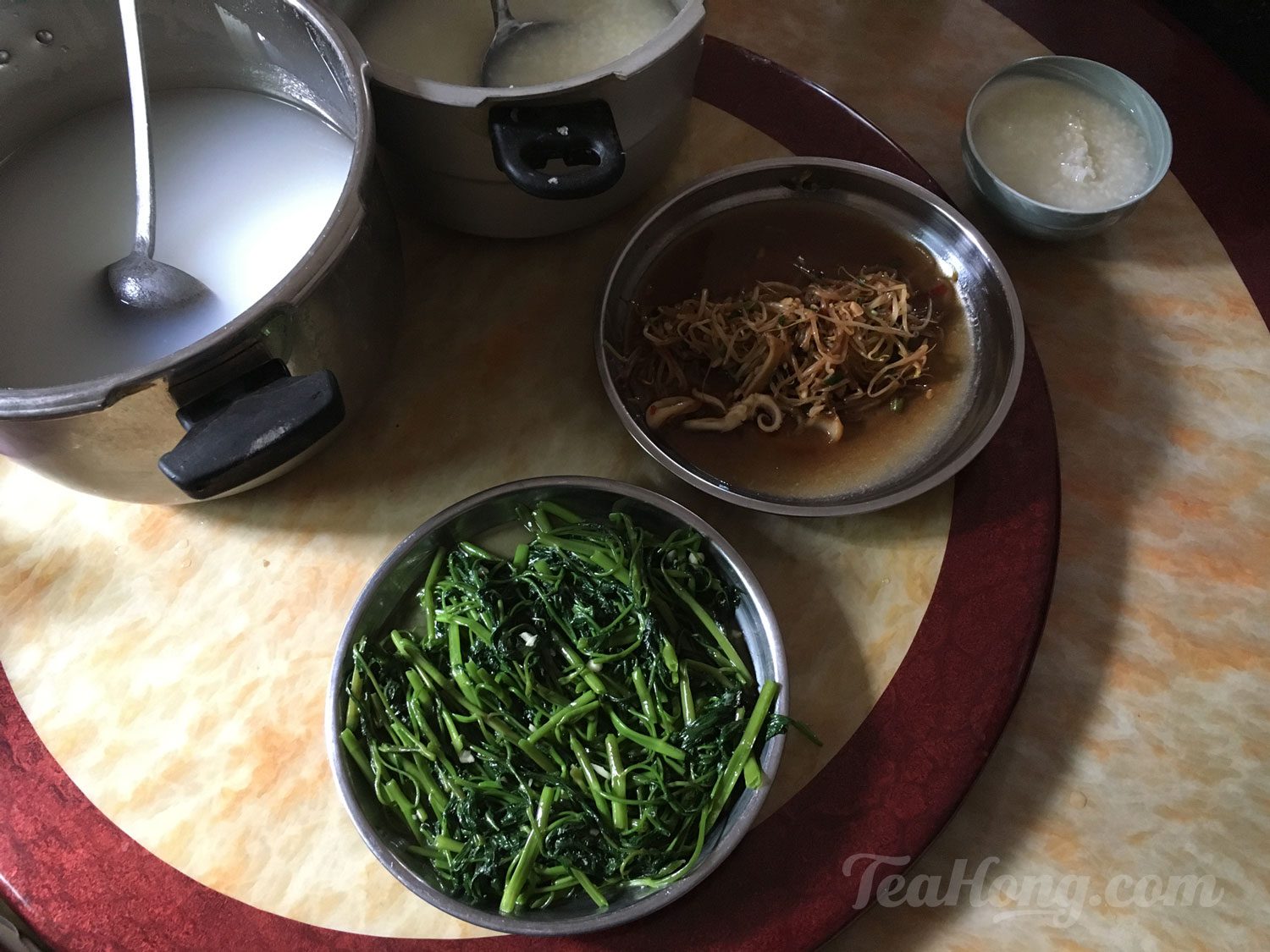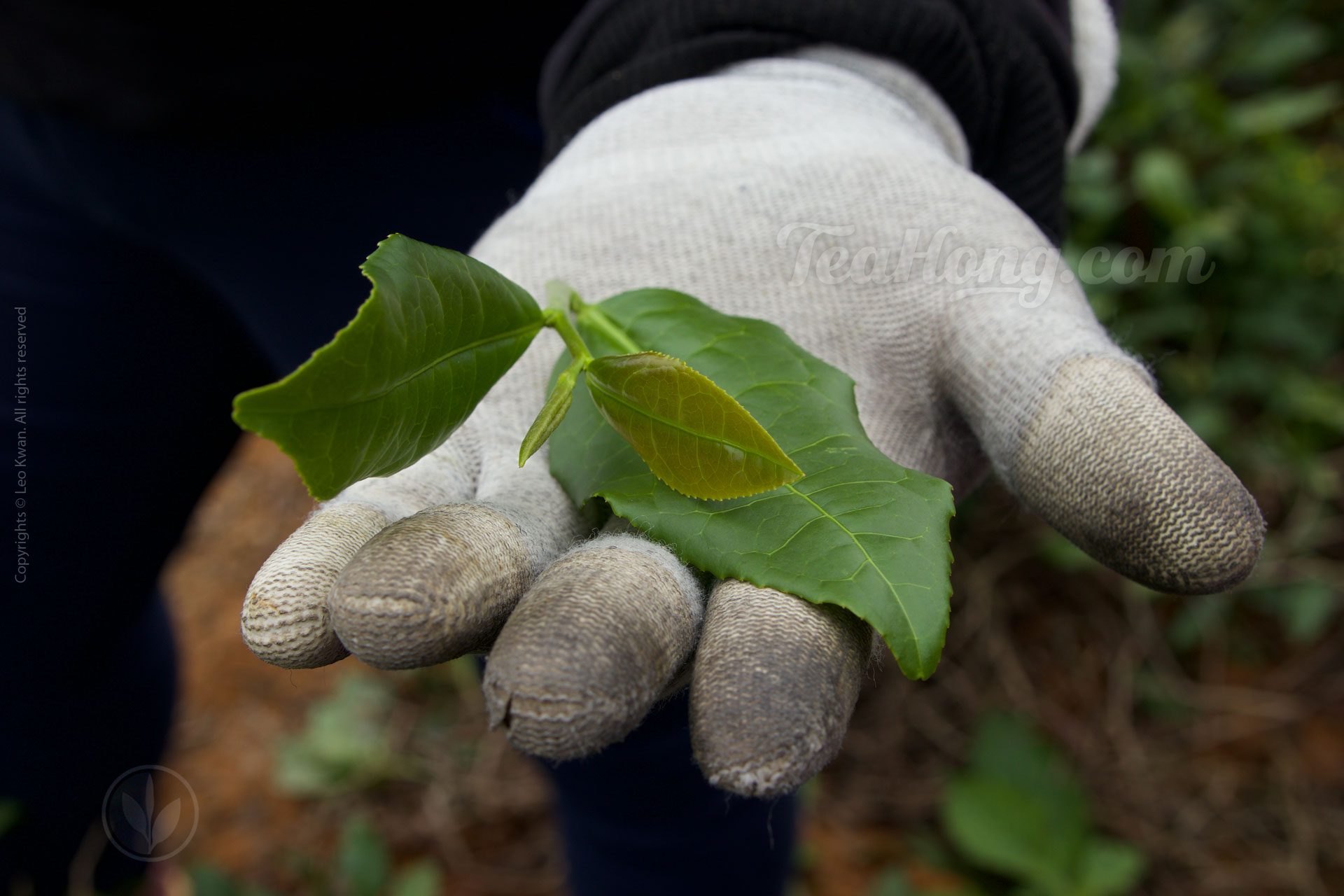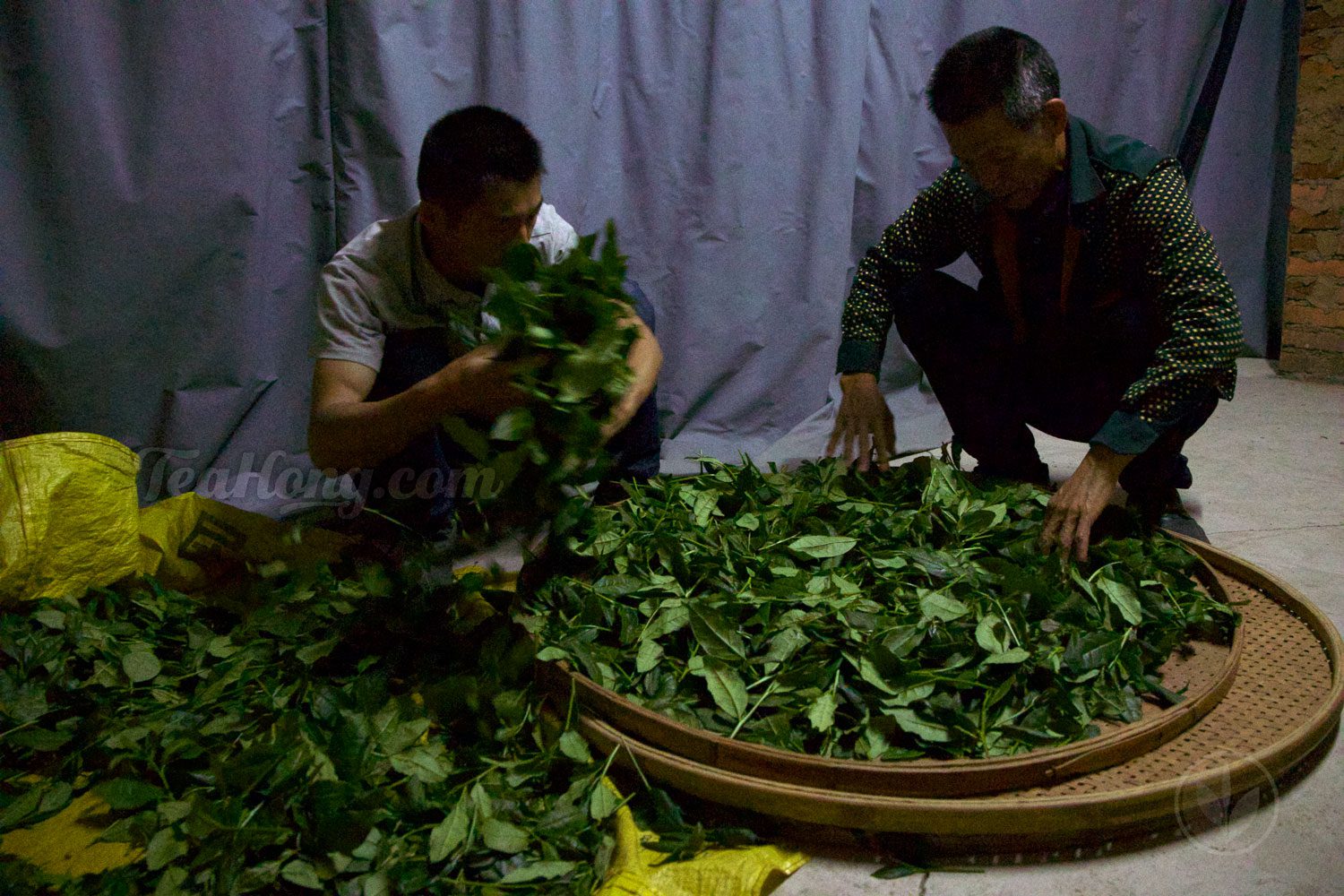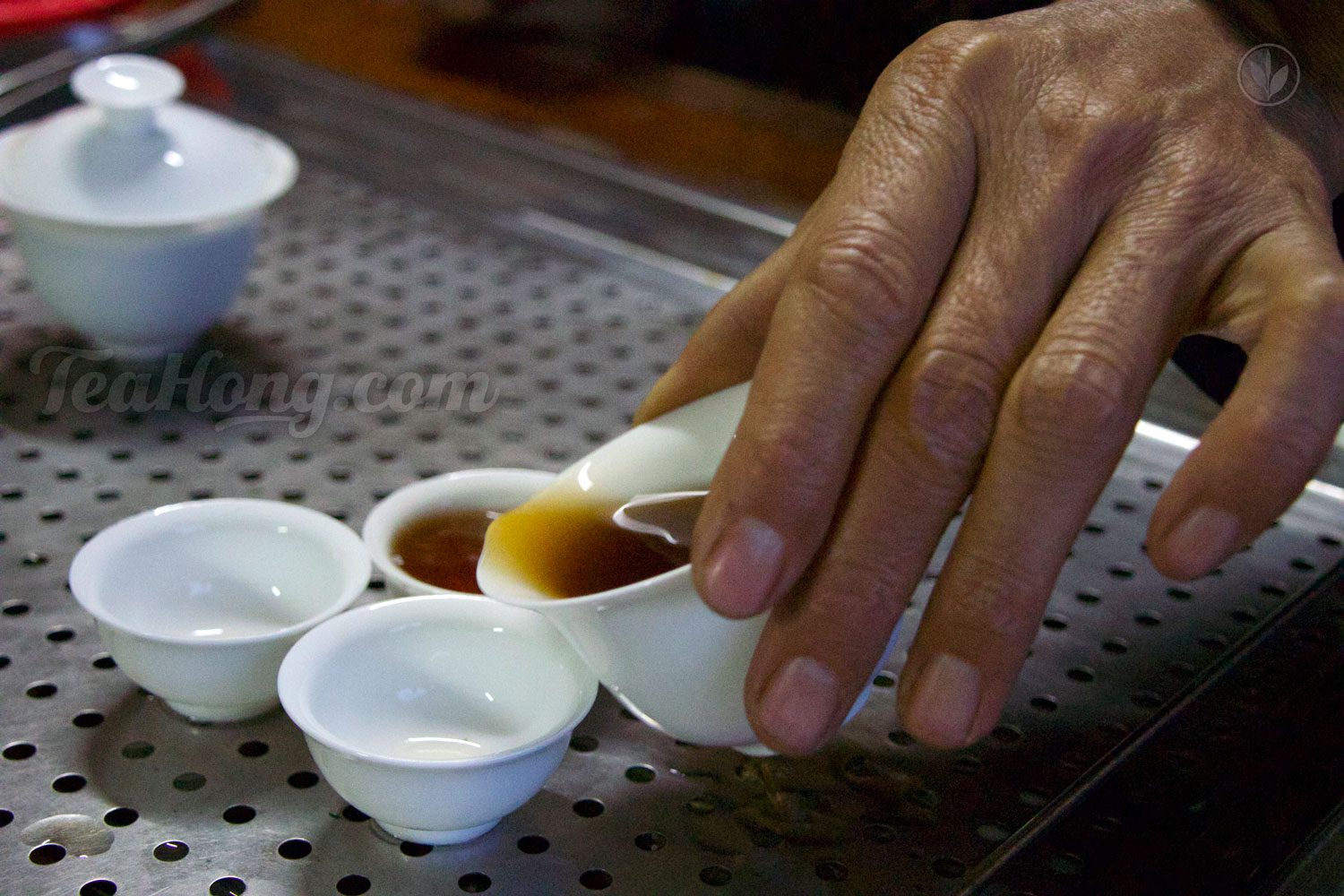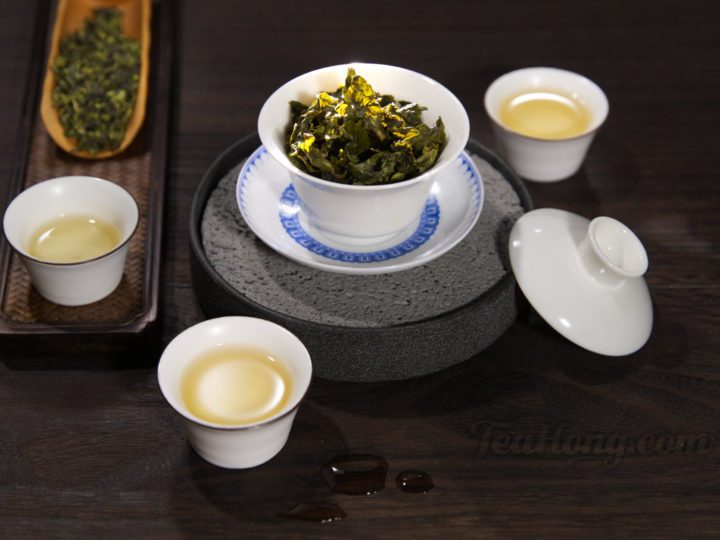Origin of Tieguanyin
It is said that Tieguanyin began in the village of Xiping in the county of Anxi, in the southern part of Fujian. As to how it began, there seem to be more fables than any reference to documented history.
There are many things one can trace the authenticity of a Tieguanyin, though. Other than the locality of origin, there is also the decisive factor of cultivar pedigree and integrity of the craftsmanship.
Both latter can be examined by looking at the infused leaves, when one know what to look for. I have written earlier on this subject. Click <here> to read it. In this post, I shall share some photos of one of my Tieguanyin producers and his farm.
Our farmer for Tieguanyin Traditional
Young Master Wang is the fourth generation of this Tieguanyin farm in Xiping. His father still participates somewhat in daily work. The older master slights recent trends of overtly green style and bad practices in cutting corners. “That basically is no longer Tieguanyin,” he said, feeling proud to be amongst the old school.
Other than their genuine traditional processing skills, the Wangs are also proud to have only true Tieguanyin cultivar in their fields. The real Tieguanyin bush is not only low yield, but also merely about knee height. That means a lot of hard work for not so much tea. That explains why most products of this same label are blended, or purely substitution plants.
The particular garden reserved for production of Tieguanyin Traditional is special. The bushes are not pruned but let grown wild. They are harvested only once a year. “This way the tea tastes good,” said Old Master Wang.
The village of Xiping, where Tieguanyin began
Wang’s home is deep in Anxi in the village of Xiping, the legendary origin of Tieguanyin. It is typical for tea farmers to leave a large area in the front yard flat and empty except for the cement flooring. It is needed for sunning the leaves immediately after plucking.
The future of Tieguanyin relies on true quality
If one has seen the roller coaster of the Tieguanyin market in the past decade, one may appreciate what have gone through the Wangs. Insistent on old style quality was not the best way for a lot cash. Perhaps the crash of the market and the death of the overtly fragrant style are good news for a reliable future for this most famous name in oolong.
Notes:For those who are interested, here are the original Chinese characters for those romanised names/translated terms:
- Anxi: 安溪
- Xiping: 西坪
- Nanyan: 南岩
- Red heart slant tail: 紅心歪尾
- Liang qing: 晾青
The Wang family name
For those who are interested in anthropology in this part of China, the Wang is a very popular name here. Actually even young Mrs Wang’s maiden name is also Wang, but the two families are not related by blood at all. Three family names dominate the whole Anxi county: Wang, Chen, Lin.
If you are in tea trading, you may have come upon these names in many other tea regions too.
As to why this is so, that’s another huge topic.
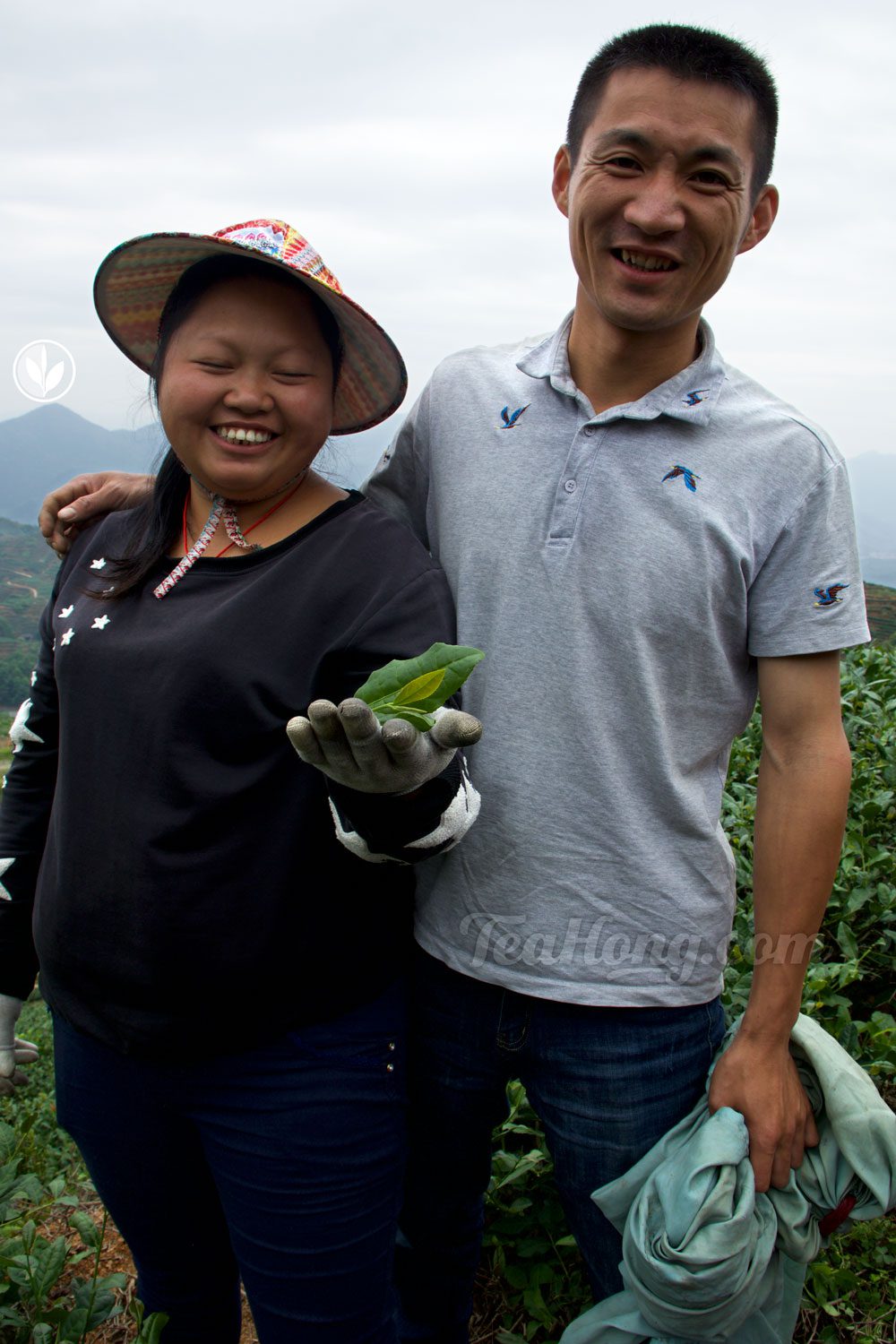

Young Master Wang is the only one amongst the three sons to stay behind in the village to take up the family business of Tieguanyin production. His wife is from another village in the same county whose family is also a Tieguanyin farm. Besides most of the housework and cooking, she does all farm work too. An amazing pair.





